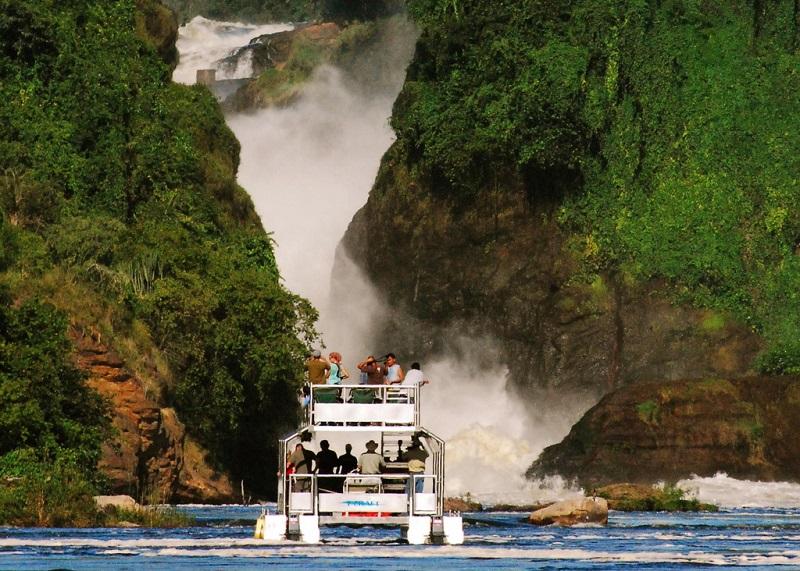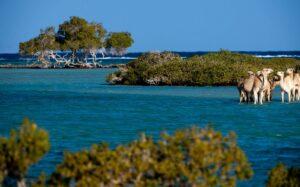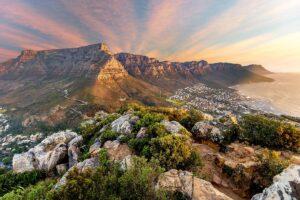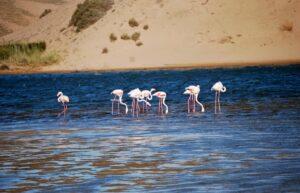Murchison Falls National Park, located in northwestern Uganda, is the country’s largest and one of its most popular national parks. Covering an area of approximately 3,840 square kilometers, the park is famous for its diverse ecosystems. It includes savannah, forest, and wetlands, as well as the iconic Murchison Falls.
The Nile River is the longest river in the world. It creates a stunning focal point where the river’s waters plunge through a narrow gorge, creating a powerful waterfall. This guide will provide an overview of the park’s unique features, abundant wildlife, and the various activities available to visitors.
Overview of Murchison Falls National Park
Murchison Falls National Park offers a rich tapestry of landscapes, from rolling savannahs and lush riverine forests to the dramatic Murchison Falls. The Nile River narrows from 50 meters to a mere 7 meters as it crashes down over a 40-meter cliff. This breathtaking spectacle is not only a major tourist attraction but also a vital source of energy and biodiversity for the park.
Established in 1952, the park is named after Sir Roderick Murchison, the former President of the Royal Geographical Society. The park’s diverse habitats support an equally diverse array of wildlife, making it a premier destination for safaris. The park is also part of the greater Murchison Falls Conservation Area, which includes the adjacent Bugungu and Karuma Wildlife Reserves, together covering over 5,000 square kilometers.
Wildlife in Murchison Falls National Park
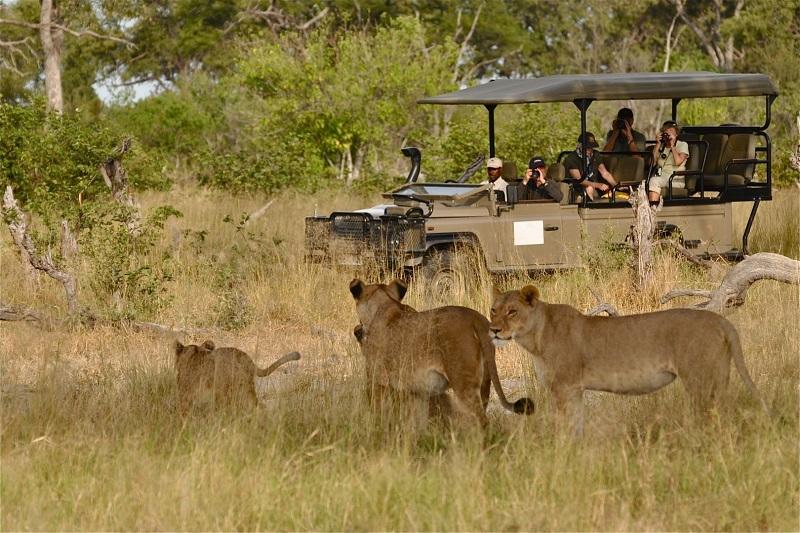
Murchison Falls National Park is home to an impressive variety of wildlife, including some of Africa’s most iconic species. The park’s savannahs are teeming with large mammals, with elephants, buffaloes, and giraffes being some of the most commonly sighted animals. Lions are also present, often seen lounging in the shade or stalking prey.
The park is one of the few places in Uganda where visitors can see the Rothschild giraffe, a rare subspecies distinguishable by its lighter coat and distinct pattern. The Nile River and its banks attract hippos and Nile crocodiles, which can be observed basking in the sun or swimming in the waters. Primates are also a highlight of Murchison Falls National Park, particularly in the Budongo Forest area.
This part of the park is home to one of Uganda’s largest populations of chimpanzees, offering excellent opportunities for chimpanzee tracking. Other primates include olive baboons, black-and-white colobus monkeys, and red-tailed monkeys. The park’s rich birdlife is another draw, with over 450 species recorded. Notable birds include the iconic shoebill stork, which can often be seen in the wetlands, as well as the African fish eagle, Goliath heron, and numerous kingfishers.
The park’s varied habitats provide a refuge for a range of smaller mammals and reptiles, including warthogs, bushbucks, and several species of mongoose. The diverse ecosystems and abundant wildlife make Murchison Falls National Park a paradise for nature lovers and photographers.
The Best Time to Visit Murchison Falls National Park
Murchison Falls National Park is a year-round destination, but the best time to visit largely depends on the activities you’re interested in. The dry seasons, from December to February and June to September, are generally the best for wildlife viewing. During these months, the vegetation is less dense, and animals tend to congregate around water sources, making them easier to spot.
The dry seasons also offer the most comfortable conditions for game drives, boat cruises, and other outdoor activities, with temperatures ranging from 25°C to 30°C (77°F to 86°F). The wet seasons, from March to May and October to November, bring lush, green landscapes and an abundance of birdlife, making it a great time for birdwatching. The falls are particularly spectacular during the wet season, as the increased water volume enhances the power and spectacle of the waterfall.
Getting to Murchison Falls National Park from Kampala
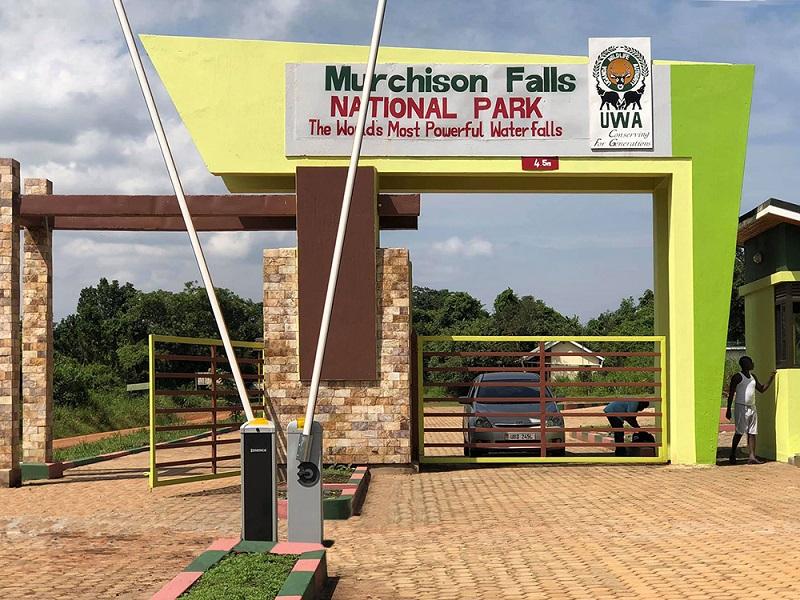
Murchison Falls National Park is approximately 305 kilometers northwest of Kampala, Uganda’s capital. The journey by road typically takes about 5 to 6 hours, depending on traffic and road conditions. The most common route is via the Kampala-Gulu highway, passing through the towns of Luwero and Masindi before reaching the park’s main gates.
The road is generally in good condition, but the final stretches within the park are gravel roads that can be rough, especially during the rainy season. A 4×4 vehicle is recommended for the best experience. For those who prefer to fly, there are domestic flights available from Entebbe International Airport to airstrips near the park, such as Pakuba, Bugungu, and Chobe airstrips. The flight takes about an hour and offers a convenient and scenic way to reach the park.
Other Activities in Murchison Falls National Park
Murchison Falls National Park offers a variety of activities that cater to all types of travelers. One of the most popular activities is a boat cruise along the Nile River, which takes visitors up to the base of the falls. This cruise offers excellent wildlife viewing opportunities, including hippos, crocodiles, and a variety of bird species.
For those seeking a more active adventure, hiking to the top of Murchison Falls is a must. The trail provides breathtaking views of the falls and the chance to witness the sheer power of the Nile as it forces its way through a narrow gorge. Chimpanzee tracking in the Budongo Forest is another highlight, offering a unique opportunity to observe these intelligent primates in their natural habitat.
Guided walks and nature hikes in the forest and along the river provide additional chances to spot birds, primates, and other wildlife. For anglers, the park offers excellent fishing opportunities, particularly for Nile perch, which can reach impressive sizes. Game drives in the park’s savannah areas are a quintessential safari experience, with the chance to see a wide range of wildlife, including the Big Five (minus the rhino, which is found in the nearby Ziwa Rhino Sanctuary).
Park Fees for Murchison Falls National Park
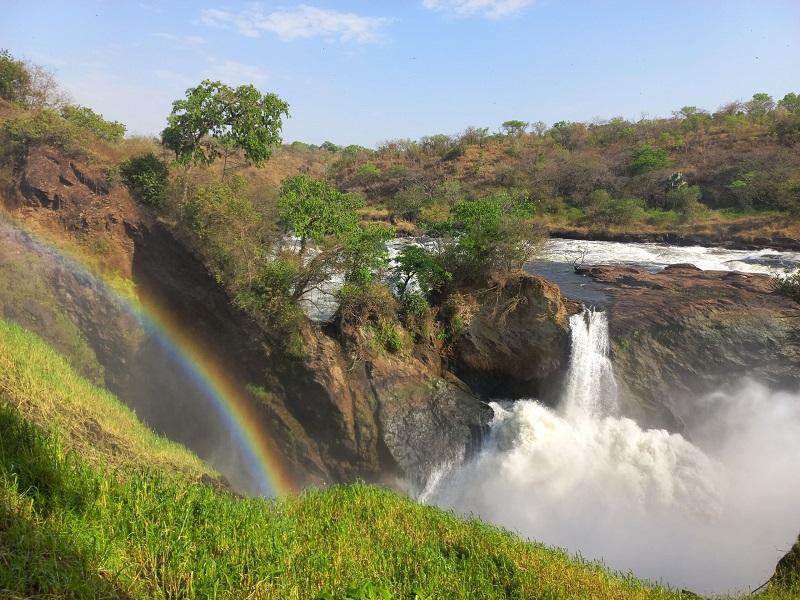
As of 2024, the entrance fees for Murchison Falls National Park are as follows:
- Park Entrance Fee: $40 per adult per day for foreign non-residents, $30 per adult per day for foreign residents, and UGX 20,000 per adult per day for East African citizens. Children under 15 years old pay a reduced fee.
These fees are used for conservation efforts and maintaining the park’s infrastructure. Prices are subject to change, so it’s advisable to check with the Uganda Wildlife Authority (UWA) or your tour operator for the most current information.
FAQs: Touring Murchison Falls National Park
Do I Need a Car to Tour the Park?
Yes, a car is necessary to explore Murchison Falls National Park due to its size and the need to access different areas for wildlife viewing and activities. A 4×4 vehicle is recommended, especially for game drives and navigating the park’s gravel roads. Visitors can opt for self-drive safaris or join guided tours offered by lodges and tour operators.
Are Unguided Walks Allowed in the Park?
Unguided walks are not permitted in most areas of Murchison Falls National Park due to the presence of dangerous wildlife, including predators and large mammals. Guided walks are available and recommended for those who wish to explore on foot, as they provide a safe and educational experience. Guides are knowledgeable about the local wildlife and can ensure visitors’ safety while offering insights into the park’s flora and fauna.
How Much is a Game Drive in the Park?
The cost of a game drive in Murchison Falls National Park varies depending on the tour operator, duration, and whether it is a private or shared drive. Prices generally range from $30 to $100 per person for a half-day drive. Some lodges include game drives in their accommodation packages. It’s advisable to book game drives in advance, especially during peak tourist seasons, to ensure availability.
Conclusion
Murchison Falls National Park is a destination of unparalleled natural beauty and rich biodiversity. From the thunderous Murchison Falls to the diverse wildlife that roams its savannahs and forests, the park offers a unique and unforgettable safari experience.
